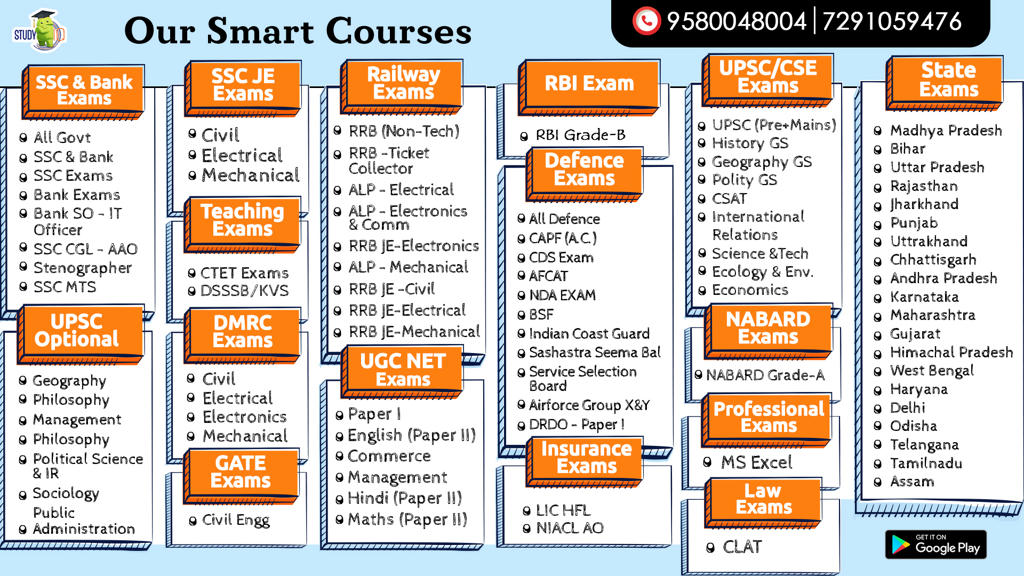What has happened?
- Last week, Lakshmi Vilas Bank was added to the list of recent financial sector failures.
- The 93-year old lender was placed under moratorium and is to be merged with DBS Bank India, after many quarters of weakening financials.
- While bank failures are neither new nor unique to India, the quick succession in which we have seen lenders of material size fall is worrying.
- Over the last two years or so, we have seen IL&FS, DHFL, Yes Bank, PMC Bank, and now Lakshmi Vilas Bank go under.
- These cases, together and separately, throw up some important lessons for the Reserve Bank of India and the country’s financial sector.
Watch That Growth
- Financial services is a business where profits come first and losses follow.
- A common thread tying together the lenders that have failed is a burst of growth, which led to an excessive build-up of risk.
- Whether it was Yes Bank or PMC Bank or Lakshmi Vilas Bank, if you study their financials you’ll find a point at which the lender saw a rapid change in the growth trajectory.
- That’s not to say that all growth is bad but perhaps the regulator would do well to tighten supervision and monitoring at the time it sees a sudden change in the size or composition of a lender’s balance sheet.
- Annual inspections that the RBI staff conducts at all large banks and NBFCs are intended to catch what’s beneath the numbers.
- In at least these few cases, they failed to do so.
Supervision Over Regulation
- The broader lesson is a reiteration of the fact that the RBI’s supervision processes needed a significant overhaul.
- There is just no excuse for instances like evergreening at IL&FS, or fraudulent accounts at DHFL, and concentration of risk at Yes Bank to go unnoticed.
- It is true that the first and second lines of defence are the bank’s board and shareholders, but that does not absolve the regulator of its responsibility.
- Recent financial sector failures, along with frauds like the Nirav Modi fraud, make the case that policies and circulars cannot substitute for,
- Tough on-site inspections and supervision based on market intelligence.
Role Of RBI Directors On Bank Boards
- The LVB and Yes Bank cases, in particular throw up learnings on the role of RBI-appointed directors on a lender’s board.
- The role of these directors is that of an observer.
- They are not intended to participate in the decision-making process of the bank.
- Yet, what good is an observer if he can’t stop continued deterioration in the bank’s functioning.
- Perhaps the RBI ought to tweak the mandate of the directors it appoints to the boards of weak lenders.
- If not participate in decision making, perhaps they should be given veto powers over certain kinds of decisions with greater access to the inner workings of the bank.
Template To Deal With Weak Lenders
- The regulator needs to review its broader framework of dealing with weak lenders.
- The prompt corrective action framework, tightened under former governor Urjit Patel, is now dead for all intents and purposes.
- Besides, the framework had problems right from the beginning as it was unclear whether curbing the bank’s ability to do regular business would further weaken the lender or help strengthen it.
- But if the PCA framework isn’t working, then what is the template for dealing with weak banks?
- Is there a way to bring in more stringent stress tests, particularly for lenders above a certain size, to ensure that adequate capital is on hand?
Conclusion
- Finally, the RBI perhaps needs to act preemptively when it believes a lender has weakened beyond repair.
- In the case of Lakshmi Vilas Bank, for instance, it was apparent for close to a year that a rescue would be needed.
- Yet, it was left to the point where capital had completely eroded.
Q) Which of the following is true about the restrictions on RBI?
- It is not to compete with the commercial banks.
- It is not allowed to pay interest on its deposits.
- It cannot engage directly or indirectly in trade.
- It cannot acquire or advice loans against immovable property.
- 1, 2 & 3 only
- 1 & 4 only
- 2 & 3 only
- All of the above
Latest Burning Issues | Free PDF






















 WhatsApp
WhatsApp